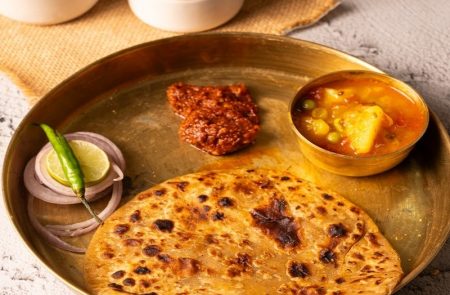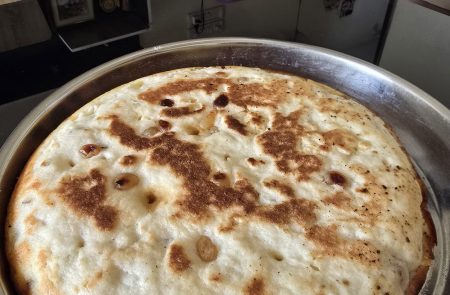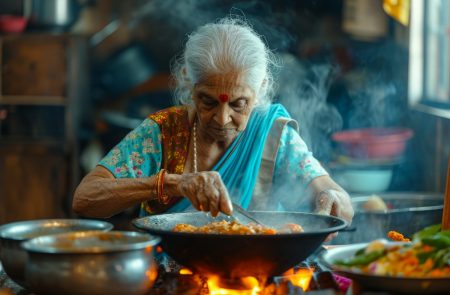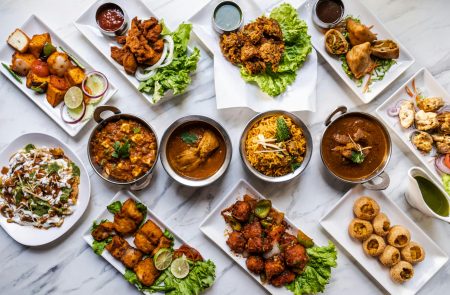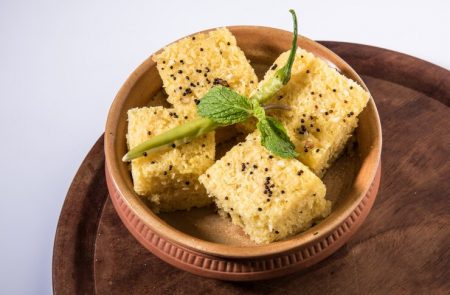Exploring the Rich Tapestry of Food Diversity in India
They say in India, the taste of water and the flavor of food changes every few miles—and they’re not wrong. If you’ve ever traveled across the country, you’ve probably noticed how dramatically the cuisine changes by region. From the spices used to the way rotis are made, from what’s cooked during festivals to the way chutneys are prepared, every state—sometimes even every town—has its own culinary identity. This is the magic of regional Indian food variations.
The Beauty of Indian Cuisine by Distance
Unlike many other countries where the food culture is relatively homogeneous, Indian cuisine by distance is a fascinating case study in diversity. Drive just 100 kilometers in any direction, and you’ll find the spices, cooking oils, staples, and even the methods of cooking shifting before your eyes. What’s more interesting is that these differences don’t feel disjointed—they form a seamless, flavorful mosaic that’s deeply tied to the land, climate, history, and people.
North to South, East to West: A Journey Through Indian Food Differences
Start your journey in Punjab with buttery parathas, makki di roti, and creamy dal makhani. Travel a bit southeast, and you enter Uttar Pradesh, where the gravies start getting thinner, the spice profile changes, and the love for chaat takes over.
Cross into Bihar, and you’re introduced to litti chokha—earthy, smoky, and nothing like the Punjabi fare you had just a few hours ago. Move further east into Bengal, and the cuisine turns delicate, with subtle use of mustard oil, fish curries, and of course, mishti (sweets).
This eastward progression is just one example of how Indian food differences play out. Head south, and things change again—drastically. Coconut becomes a staple in Kerala, tamarind adds a tangy twist in Tamil Nadu, and Karnataka leans towards milder, sweeter flavors.
Cuisine Changes by Region: Not Just Flavor, But Philosophy
The real story behind these cuisine changes by region lies in the way food is seen—not just as sustenance, but as a reflection of culture, climate, and community. In Rajasthan, where water is scarce, you’ll find dishes that use minimal liquid—like gatte ki sabzi or ker sangri. Contrast that with the lush green belt of Kerala, where seafood stews and coconut gravies dominate.
It’s not just the ingredients or techniques—it’s the entire food philosophy that changes. Some regions favor slow-cooking, others lean into quick stir-fries. Some cuisines are rice-dominant, others can’t imagine a meal without flatbreads.
The Pulse of a Changing Food Culture in India
Today, globalization and urban migration are influencing what we eat and how we eat. Still, the changing food culture in India hasn’t diluted the essence of regional cooking—it has, in fact, sparked a revival. Young chefs are proudly bringing forgotten recipes back to life, while home cooks are exchanging regional flavors across state lines like never before.
Food delivery apps now serve Manipuri eromba in Mumbai, Bengali shorshe ilish in Bangalore, and Hyderabadi biryani in Delhi. In a way, the accessibility of regional cuisines is expanding, even as each retains its original flavor and identity.
Embracing the Food Diversity in India
If there’s one thing to celebrate about Indian food, it’s the sheer food diversity in India. It’s not just about vegetarian vs. non-vegetarian, spicy vs. mild, or rice vs. wheat. It’s about how each region tells its story through food—be it through tribal foraging techniques in the Northeast, or community feasts in the South.
The joy of Indian cuisine lies in its constant evolution. It’s dynamic, deeply rooted in tradition yet open to innovation. Whether you’re a local rediscovering your grandmother’s recipes or a traveler tasting your way through the subcontinent, one thing’s certain: Indian food will never stop surprising you.
And if you travel just a little farther—say, another 100 kilometers—you’ll taste the difference for yourself.

